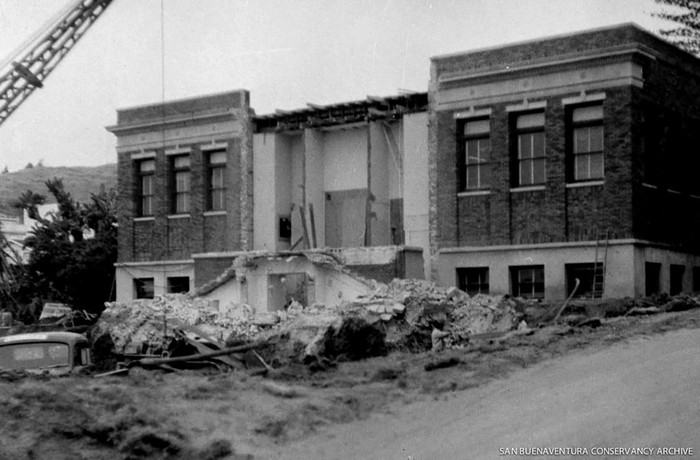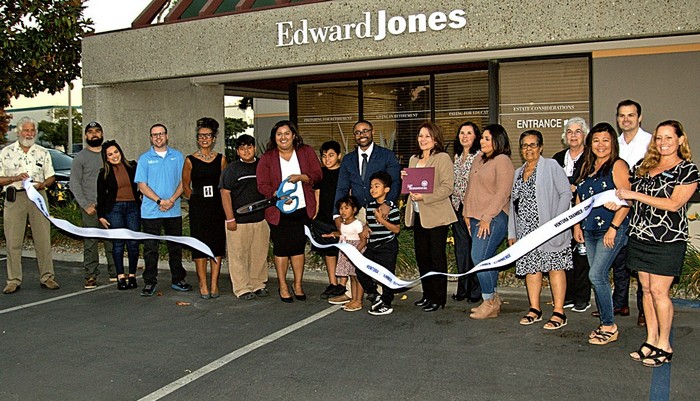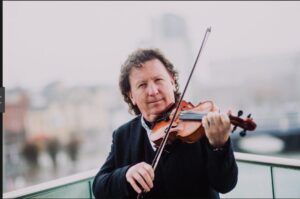 • Like many pet owners, psychology professor Brittany Florkiewicz has always considered dogs friendlier and more expressive than cats, but after reviewing 150 hours of videos involving 53 cats, Florkiewicz and co-investigator Lauren Scott documented at least 276 different facial expressions made by cats. Expressions of happiness include moving their ears and whiskers forward and outward and closing their eyes, while unhappy expressions include moving the ears backward and flattening them, licking their lips and constricting their pupils, the researchers reported in Behavioural Processes.
• Like many pet owners, psychology professor Brittany Florkiewicz has always considered dogs friendlier and more expressive than cats, but after reviewing 150 hours of videos involving 53 cats, Florkiewicz and co-investigator Lauren Scott documented at least 276 different facial expressions made by cats. Expressions of happiness include moving their ears and whiskers forward and outward and closing their eyes, while unhappy expressions include moving the ears backward and flattening them, licking their lips and constricting their pupils, the researchers reported in Behavioural Processes.
• “DCM is a condition that involves gradual thinning of the heart muscle, resulting in enlargement and weakening of the heart,“ says Dr. Pavlovsky. It is the second most common type of heart disease in dogs. While the condition has a genetic component, especially in breeds such as Doberman pinschers, boxers, and great Danes, it can also develop in any breed.
Dogs with DCM may show no clinical signs or only mild signs initially. However, coughing, exercise intolerance, or the development of an arrhythmia—an abnormal heart rhythm—can be associated with DCM, according to Dr. Pavlovsky.
• To help owners navigate the abundance of choices in the dog food aisle, Dr. Pavlovsky advises, “Look for diets that have been tested via feeding trials in accordance with the guidelines developed by the American Association of Feed Control Officials. Choose a diet developed for a specific life stage of your pet, such as puppy or adult.”
Dr. Pavlovsky says that diets created by companies that take part in veterinary nutrition-related research and that employ veterinary nutrition experts are likely to be of higher quality. A sampling of brands that fulfill those criteria includes Hill’s, Purina, and Royal Canin.
“Stay away from products making grand statements or claims that seem too good to be true,” advises Dr. Pavlovsky. “These diets are good for attracting customers but are rarely rooted in solid science.”
Additionally, homemade diets and raw meat-based diets may carry significant health risks for pets. Homemade diets are often nutritionally incomplete and can result in long-term nutritional deficiencies or excesses, especially in growing animals.
“Science is ever evolving, and what we know and believe now may change,” says Dr. Pavlovsky. However, by partnering with your veterinarian to choose the best diet for each individual pet, you can ensure that your pet is eating a diet that is rooted in the most current scientific research and knowledge available.
• By Ricardo Torres-Cortez Las Vegas Review-Journal
Las Vegas dog and cat owners will be required to microchip their pets starting next August.
The City Council voted unanimously on Wednesday to approve the measure, which will be a condition of obtaining an already-mandated pet license.
A chip, which is injected into the animals — and is the size of a grain of rice — contains the pet’s date of birth, its breeder and contact information, according to the city and the American Veterinary Medical Association.
Not complying with the microchipping requirement can lead to a misdemeanor citation, reversible by complying in a timely manner thereafter.
All dogs and cats over 4 months old within Las Vegas city limits must be licensed.
Yearly fees cost anywhere from $5 to $25, with service animal owners not required to pay.
About 7,000 pets were newly licensed in 2022, and more than 14,000 had their licenses renewed, according to city data, which noted that the city last year raised about $230,000 in fees.
The policy change arrived as the nonprofit Animal Foundation shelter, which is contracted by Las Vegas, North Las Vegas and Clark County, has struggled with staffing shortages, resignations and allegations of delayed animal intakes.
Can cats see things that humans can’t?
By Elana Spivack
If you could develop any of a cat’s sensory abilities, which would you choose? Perhaps hearing, so you can identify each of the many thousands of cockroaches in your building. Maybe proprioception so you, too, can fall from a four-story building and land on your feet. While these two senses offer a big upgrade in perceiving the world, you likely wouldn’t take sight. While big cats like cheetahs have impeccable vision for spotting prey far across the savannah, house cats don’t actually have great eyes.
So, what does their world look like? What can we see that they can’t? In 2013, artist Nickolay Lamm visualized how the world looks through a cat’s eyes. Among other key differences, like their expanded periphery and improved night vision, is their color perception. In these images, panoramic views blur and take on a desert-like palette. But where does their color perception start and end? Bruce Kornreich, veterinary cardiologist and director of the Cornell Feline Health Center, tells Inverse what’s going on inside those mystifying eyes and how it mediates a cat’s universe.
It’s not that cats can’t see reds and greens at all, Kornreich explains, “but they don’t see them with the same richness of hue.” This richness of hue is known as saturation. Certain colors in
The eye’s retinas are full of light-sensing cells called photoreceptors, like rods and cones. Rods help to see at night and help with peripheral vision, while cones enable colors to be seen. Feline cones contain two types of proteins called opsins. Opsins “change their structure when light hits them,” Kornreich says. As in, opsins literally change shape in response to visible light. However, each opsin is stimulated by different wavelengths, which determines what color light they perceive. The opsins they possess are especially sensitive to blue and yellow light, which is why they see these colors best.
Since cats’ cones have two opsins, which makes them what’s called dichromatic, meaning they best perceive two light colors. Humans have a third type of opsin, making our eyes trichromatic. But “it’s not as if [cats] can only see two colors,” Kornreich says. Colors combine to create various blends that cats perceive at different degrees.
On the flip side, their rods give them solid night vision. They can better discern shapes in the dark, which is likely a predatory advantage for these crepuscular creatures. They evolved to hunt in the dim light of dawn and dusk, so a high contrast vision with low light comes in handy. According to the Merck Veterinary Manual, cats can see six times better than humans in dim lighting.
“They have lots of rods, that’s presumably an evolutionary advantage because they often hunt in low light,” Kornreich says.





